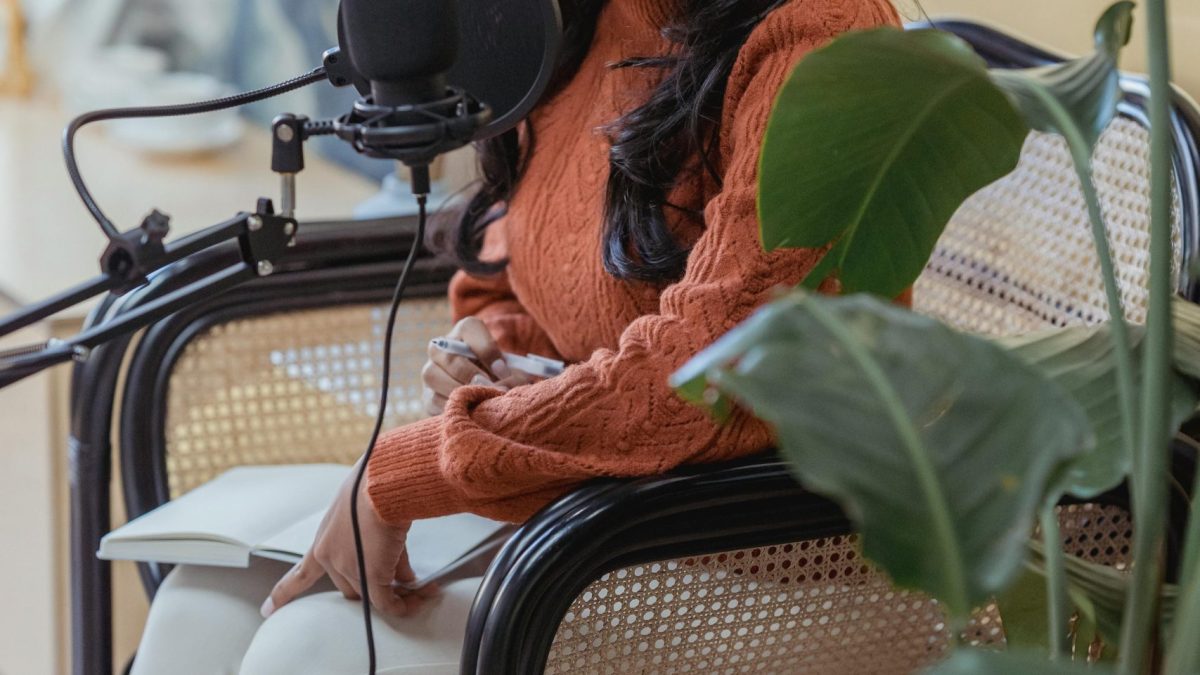A Brief Overview of Using Historical Education

Knowing our past is essential because it defines who we are and directs our present and future. It takes more than merely reciting dates and events to teach children about history and ancestry. It’s about encouraging a sense of belonging, igniting their curiosity, and reestablishing a connection to their roots. History may be made into an engaging adventure by utilizing innovative techniques like virtual reality tours, interactive games, and narrative. In this educational journey, parents and educators are essential players. By incorporating historical narratives into regular conversations and events, they can inspire in young minds a passion for history that will last a lifetime. This method not only increases the enjoyment of studying but also guarantees that the information acquired will be treasured and recalled. Together, let’s set out on this thrilling adventure to make history fascinating and not just educational.
Adding Role Play and Storytelling
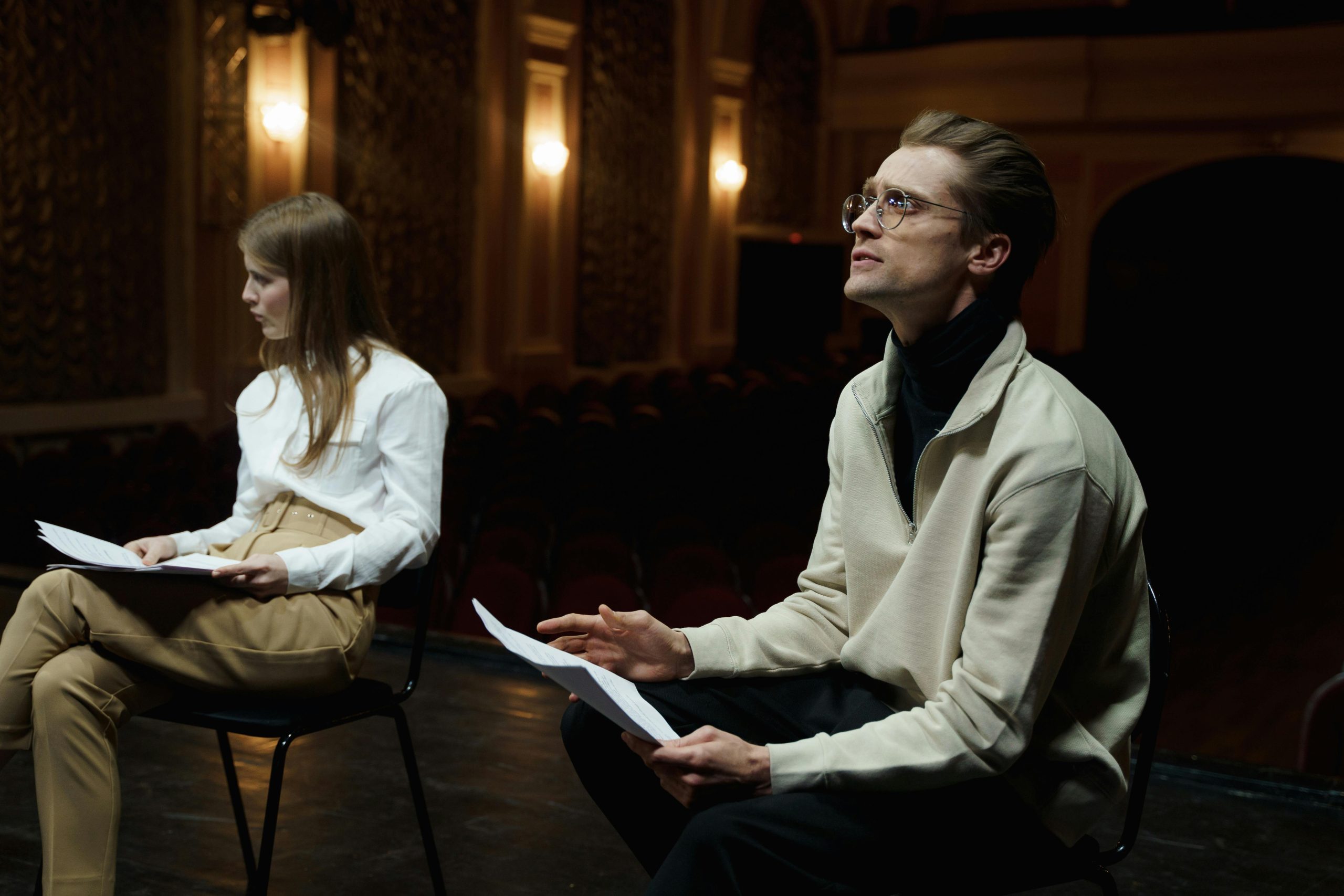
Inspiring History with Relevance
Imagine how engaging and inquisitive young brains can be with historical tales translated into the present day. Not only is storytelling an artistic medium, but it also serves as a link between the past and present, giving historical events and characters a relatable and vivid quality. Telling children stories of bravery, adventure, and discovery can encourage them to delve deeper into our cultural heritage.
Developing Empathy via Role-Playing
Playing historical characters and events as role-players increases this level of engagement. To “live” history is not the same as just hearing about it. When kids put themselves in the shoes of historical leaders, they experience feelings, difficulties, and viewpoints in addition to learning facts. Deep empathy and understanding are fostered by this, which are vital traits in the global culture of today.
Achievement Stories
- Acting Out the Eureka Stockade – Exploring the lengthy history of Australia.
- Examining the narratives of the Appropriated Generations – Comprehending complex, poignant stories.
- Speaking as delegates of a federation or overcoming the difficulties faced by the earliest explorers – Immersion learning opportunities that change and teach.
Not only are kids learning about the past when history is taught through narrative and role-playing. We’re equipping them with the knowledge and skills necessary to recognize the complexity of human experiences. Their education is enhanced by this method, which makes history both understandable and profoundly significant.
Using Technology and Multimedia to Teach History
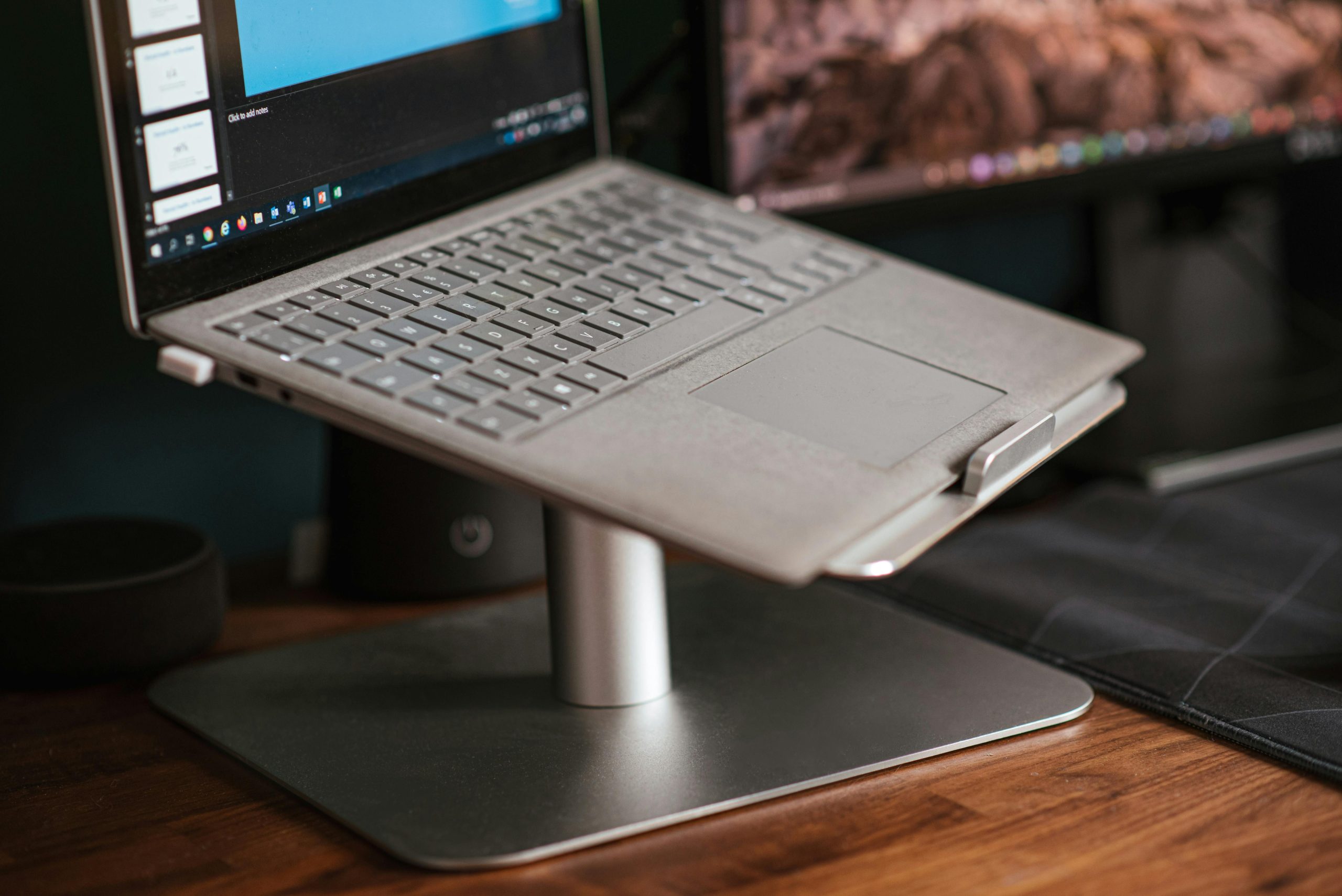
Online resources and interactive websites
With the abundance of interactive websites and online resources available in the digital age, studying history can now be a thrilling adventure. With just a mouse click, kids may explore historical artifacts and narratives on websites such as the online collection of the Australian History Museum. These entertaining and educational platforms let young minds explore history at their own speed, encouraging a sense of freedom and exploration in the classroom. They are not only instructive.
Interactive Learning Games
Imagine taking on the role of a historical person or guiding a country during its formative years. This is made feasible by educational video games, which combine learning and fun. Playing games like “Mission US”” immerses players in historical events and fosters empathy, critical thinking, and problem-solving skills. Through these games, kids can discover that history is a complicated network of choices and outcomes rather than a collection of discrete occurrences.
Fiction and Documentaries
Movies and documentaries are effective means of fostering conversation and involvement. They make history come to life by presenting it in an approachable and captivating way. Movies like “The Rabbit-Proof Fence” shed light on Australia’s own struggles and victories throughout history, igniting discussions on perseverance, identity, and the value of knowing the past. Children who watch and debate these movies develop a critical perspective on history and an appreciation for the subtleties and viewpoints that are not found in textbooks.
Multimedia and technological integration improves the learning process by adding interactivity, relevance, and engagement to the study of history. These resources encourage curiosity, empathy, and a broader comprehension of the world in addition to imparting knowledge. By leveraging digital resources, instructional games, and visual storytelling, we can provide new opportunities for kids to learn about and connect with their ancestry while also making sure that the lessons learned from the past continue to be relevant long into the future.
Arts and Crafts in Historical Education Integration
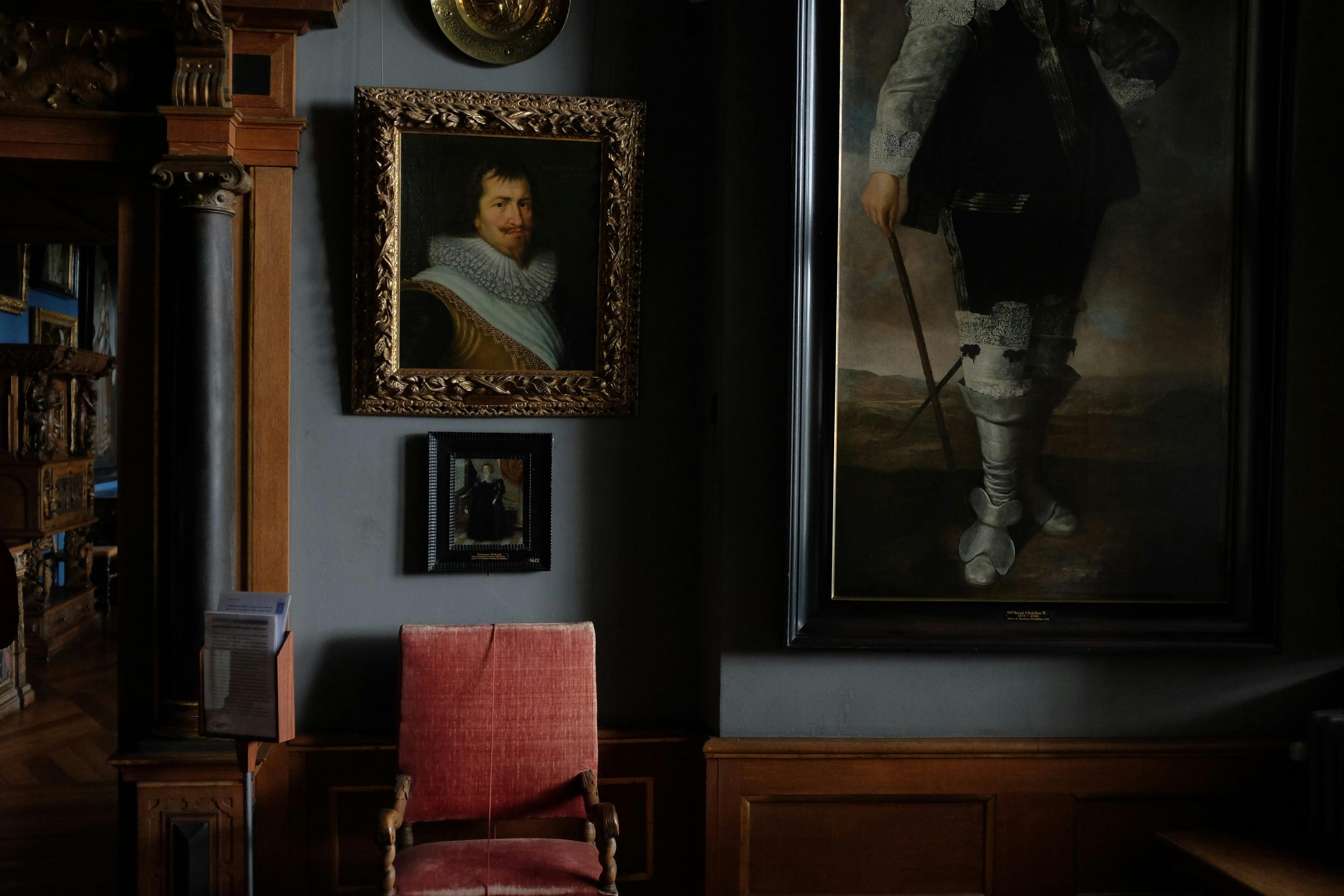
Crafting Assignments Connected to Historical Eras and Societies
Learning via arts and crafts provides a special method to comprehend history. Children can have a tactile and visual appreciation of the past by working on crafts that reflect the artistic expressions of various eras and cultures. They can establish a personal connection with past eras by building a medieval tapestry, a basket inspired by Indigenous art, or a Roman mosaic. This experiential learning method strengthens their understanding and helps them develop a closer bond with the cultures they are studying.
Promoting Creativity with Model Building, Painting, and Drawing
Drawing, painting, and making models are examples of artistic endeavors that are effective instruments for historical research. Children’s imaginations and creativity are stimulated when they are encouraged to recreate well-known historical scenarios or world-renowned architectural marvels. Through these creative endeavors, they improve their general cognitive capacities while also learning about historical events and accomplishments and honing their artistic ability.
How Art Projects Can Improve Recollection and Understanding of Historical Subjects
- Art projects are an amazing way to improve recall and understanding of historical subjects.
- Learning becomes more memorable when kids use their hands to produce something.
- For example, creating a Eureka Stockade diorama or painting a scene from the First Fleet’s arrival might help them remember important historical occurrences.
- Additionally, by researching and comprehending the significance of the events they’re portraying, these imaginative projects help kids develop a greater awareness and knowledge of history.
Including arts and crafts in history lessons not only increases student engagement but also gives them a variety of ways to communicate what they’ve learned. This method makes history a lively and multifaceted subject by encouraging youngsters to investigate the subject outside of the written word and supporting a variety of learning methods. Let us embrace the ability of creativity to retell history for the benefit of future generations.
Making the Connection Between the Past and Present
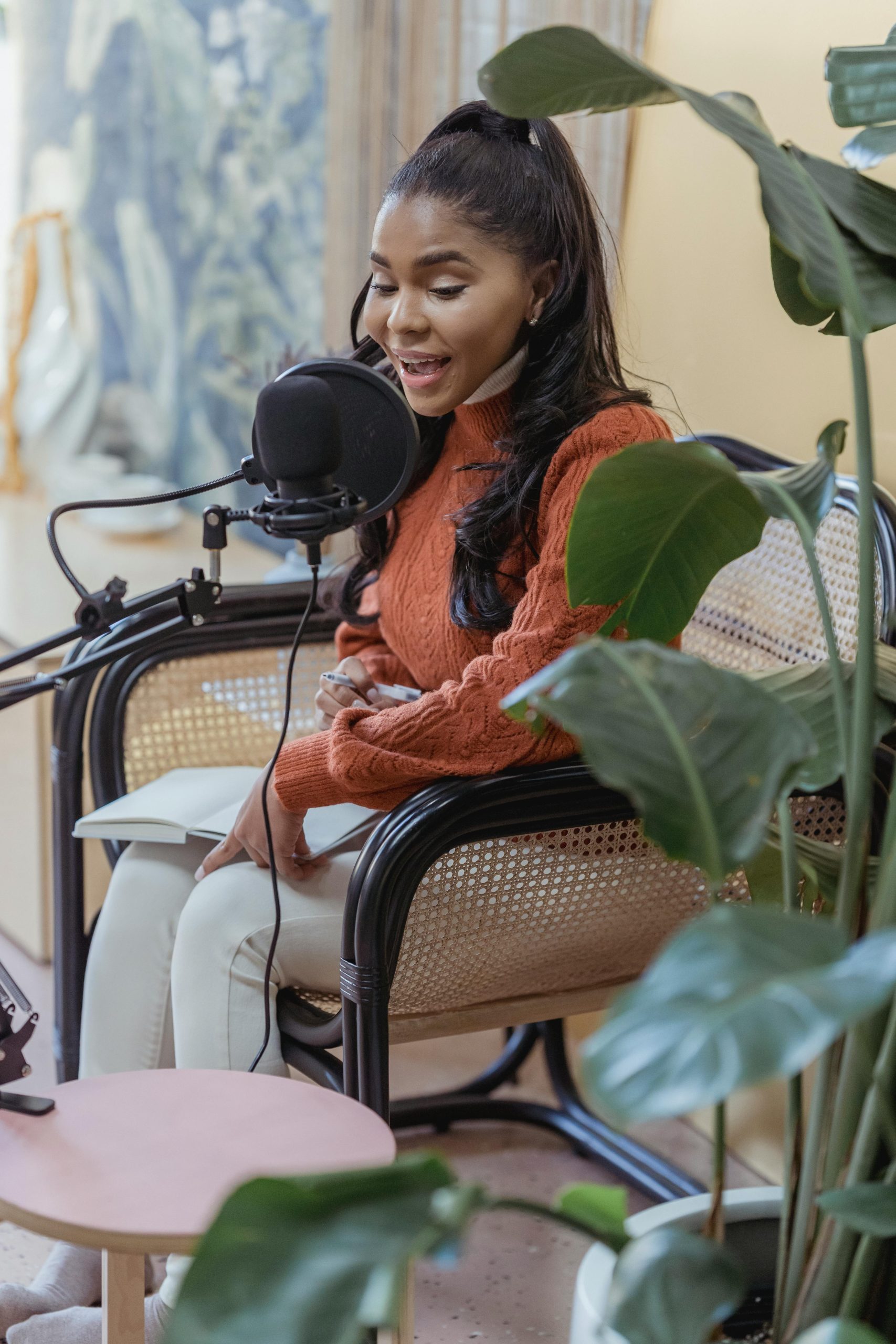
Making Comparisons Between the Past and the Present
Knowing history is like figuring out a tapestry of human experience; you may see patterns that still apply to the modern world. We highlight the persistence of human struggles and victories by highlighting similarities between historical occurrences and contemporary problems. This method not only deepens our comprehension of the present but also gives us the ability to manage its complexity from a position of knowledge.
History Forming Social Identity
The fabric of society and our identities are shaped by our shared past. Having in-depth conversations about historical occurrences and how they affect contemporary identities helps us feel more rooted in our heritage. It fosters a more thoughtful analysis of the ways in which historical tales shape contemporary cultural norms and values, leading to the development of a more sympathetic and cohesive community.
An Examination of Family Lineages and Regional Legacy
- History becomes more relatable when efforts like family history or local heritage research are started.
- These kinds of activities build communal pride and a sense of belonging in addition to strengthening family ties.
- Kids get an appreciation for the hardships and triumphs of their forefathers, realizing that history is more than simply a collection of dates but rather a vibrant tapestry of people’s lives woven together with their own.
We make history a living, breathing part of our everyday lives by tying history to the present, promoting conversations about how it affects our identity and society, and working on initiatives that investigate local and personal heritage. In addition to making history more interesting and relevant for kids, this method fosters in them a deep regard and curiosity for the past, which will help them grow up to be more knowledgeable and kind people in the future.
In Conclusion
Our shared identity and future can be accessed through our history. It challenges us to investigate, comprehend, and value the diverse fabric of the human experience. We can turn teaching history into an engaging experience that engages students and helps them develop a strong sense of connection to the past by using innovative teaching strategies. We inspire and teach a new generation to continue the lessons and legacies of history by fusing narrative, technology, the arts, and personal legacy. Let’s welcome these creative methods for bringing history to life for kids and inspiring them to create a future shaped by lessons learned from the past.
Creative Ways to Teach Children About History and Heritage FAQs
Encouraging children to ask questions and engage in discussions about historical events and figures promotes critical thinking. By comparing different sources of information and considering multiple perspectives, students learn to analyze and interpret history beyond just memorizing facts. This method helps them develop a deeper understanding of the complexities of history and its impact on the present.
Using storytelling to teach history makes lessons more engaging by transforming facts into compelling narratives. This approach helps children visualize historical events and figures, making it easier for them to remember and understand the past. Incorporating voices and perspectives from different characters in the story can also enrich the learning experience.
Incorporating hands-on activities like building models of ancient structures or creating your own hieroglyphic messages can make the study of ancient civilizations exciting. These activities allow children to explore ancient cultures creatively, understanding their innovations and contributions to modern society. Role-playing as citizens or leaders of these civilizations can also provide insight into their social structures and daily life.
Organizing field trips to local history museums, historical sites, or cultural heritage landmarks can provide children with a tangible connection to their own community’s history. These visits allow students to see artifacts, architecture, and landscapes firsthand, fostering a deeper understanding and appreciation of their local heritage. Discussions and activities based on these visits can further reinforce learning by connecting it to their personal experiences.
Sharing family stories and traditions is a powerful way to teach children about their own history and heritage. This personal approach helps children feel connected to their ancestors, understanding their roots and the values that have been passed down through generations. Creating a family tree or a scrapbook with photos and stories can be a collaborative project that enhances this learning experience.
Historical fiction and biographies can make the past come alive for children, providing context and humanizing the figures they learn about. These stories can spark interest in specific time periods or events, leading to a deeper exploration of historical facts and figures. Discussing these books in groups can also enhance understanding through shared perspectives and insights.
Integrating technology through virtual reality (VR) experiences or interactive timelines can bring historical events to life for students. VR allows children to “visit” historical sites and experience events as if they were there, while interactive timelines can help them understand the sequence of events and their impact on the present. These tools make learning about history and heritage more immersive and interactive.
Incorporating games and interactive activities, such as historical role-play or simulation games, can make learning about global history fun and engaging. These activities allow children to experience life from different historical periods or cultures, fostering empathy and a broader understanding of the world. Quizzes and puzzles related to world history can also be enjoyable ways to reinforce learning and encourage curiosity.
Arts and crafts can be used to recreate historical artifacts, clothing, or art, helping children understand the culture and daily life of people from the past. This hands-on approach encourages creativity and engagement, making history more relatable and memorable. It also provides a tactile learning experience, which can be particularly beneficial for young learners.
Creating connections between historical events and figures and the children’s own lives can help them understand their significance. By relating past events to current issues or showing how historical figures’ actions and ideas influence today’s world, children can see the relevance of history in their own lives. Encouraging them to imagine how they would feel or act in historical situations can also deepen their understanding and empathy.

Jasmine Duque-Love is a mother of one and a practicing physiotherapist with a Phd in Physiotherapy

